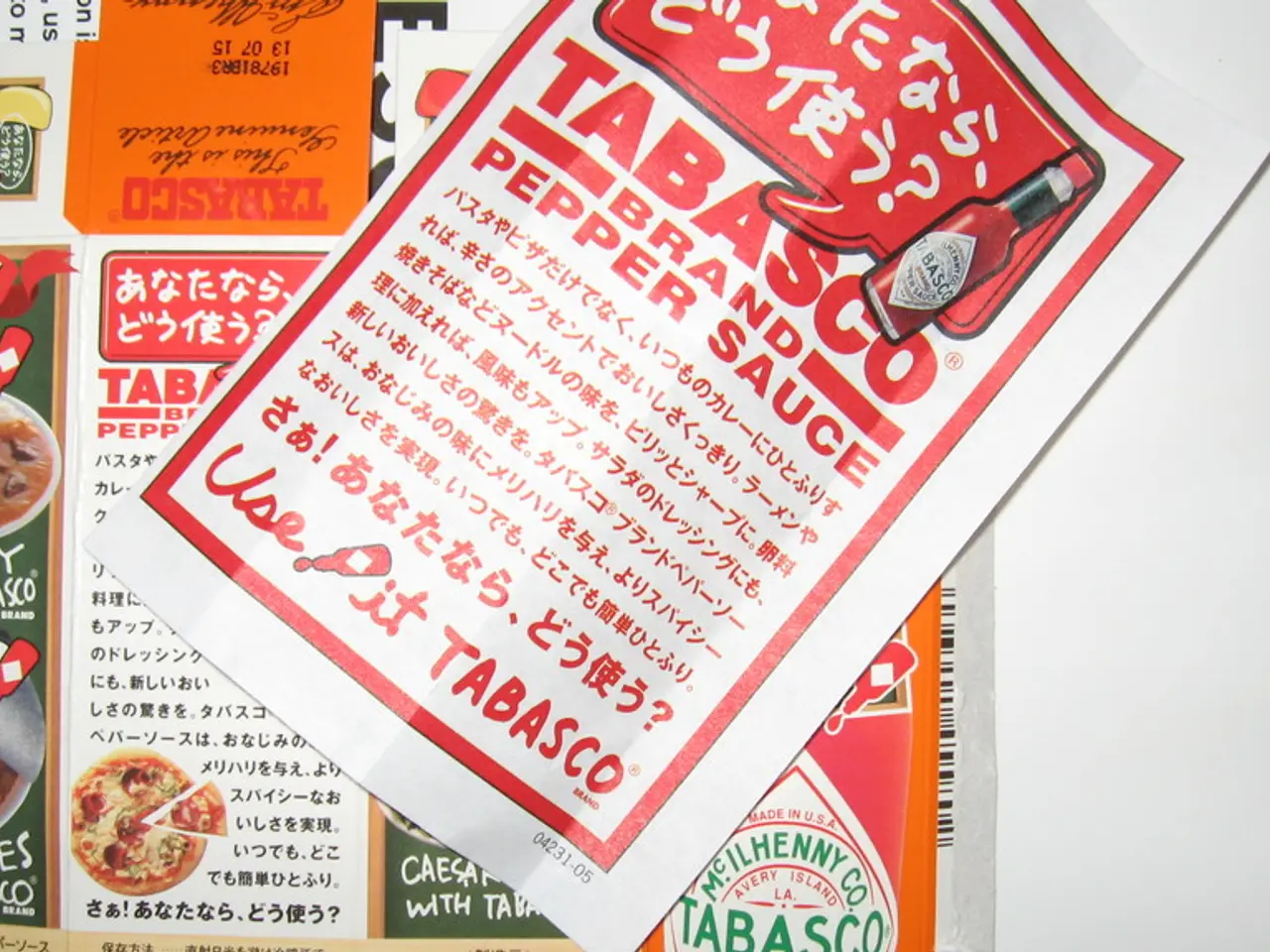Variation between strategies for promoting products and strategies for promoting services
In the realm of marketing, understanding the nuances between product and service marketing is crucial. Two key areas that differentiate the two are the People, Physical Evidence, and Process elements.
For products, the focus is primarily on the product itself, with people playing a role in production and sales. However, in service marketing, people are of paramount importance as services are generally made and provided by people. In modern retail, e-commerce, travel, and tourism, people play a major role in shaping customer experiences[1][2].
Physical evidence, on the other hand, is inherent in product marketing. The tangible product itself serves as physical evidence of the brand. For services, which are intangible, physical evidence refers to the environment in which the service is delivered, such as the service facility or ambiance, physical cues like brochures, signage, or uniforms, or even the online presence (website design, ads) that support the intangible service and assure customers of its quality[2][5].
The process in product marketing is mainly about manufacturing efficiency and distribution logistics, less visible to the customer. In service marketing, the process is highly visible and directly affects customer experience. The service delivery steps, customer journey smoothness, and how easily a customer can access and use the service are all integral to marketing the service effectively[1][2].
Here's a comparison of the two marketing mixes:
| Element | Product Marketing Mix | Service Marketing Mix | |-------------------|----------------------------------------------|------------------------------------------------------------| | People | Support production and sales; less direct customer impact | Direct interaction affects service quality and satisfaction | | Physical Evidence | Tangible product itself serves as evidence | Service environment, physical cues, and digital presence provide assurance and branding | | Process | Focus on production and distribution efficiency | Customer-facing service delivery processes shape experience and satisfaction |
These differences reflect the intangible, perishable, and heterogeneous nature of services, requiring more focus on people, physical evidence, and process to successfully market them[1][2][5].
It's worth noting that while price, place, products, and promotions can be similar for both products and services, the main differences lie in the three P's of People, Physical evidence, and Process. Each service, such as Walmart or insurance companies like LIC and Aegon Religare, has a distinct process. The process of a service can be complex, such as serving a pizza and delivering pizzas in Pizza Hut. Fast food chains like McDonald's, Subway, and Pizza Hut have different processes for service provision.
Service blueprints can be used to illustrate the process of a service, highlighting its complexity and differences from product marketing. The product marketing mix, on the other hand, is primarily concerned with four elements: Product, Price, Place, and Promotions. A 5th P, People, is commonly included in the product marketing mix nowadays.
References: [1] Kotler, P., & Armstrong, G. (2016). Principles of marketing (15th ed.). Pearson Education. [2] Zeithaml, V. A., Berry, L. L., & Parasuraman, A. (2014). Delivering quality service (6th ed.). McGraw-Hill Education. [5] Gronroos, C. (2011). Service management: Operations, strategy, information technology. John Wiley & Sons.
Read also:
- Prostate Cancer Examination Guidelines, Outcomes, and Financial Aspects
- Changes in manufacturing and consumer habits driven by cosmetic certification processes
- Unveiling Potential Ventures: Discover Success Strategies through Innovative Business Ideas and Opportunities
- victory for Central Java communities in landmark lawsuit against textile conglomerate over pollution issues






